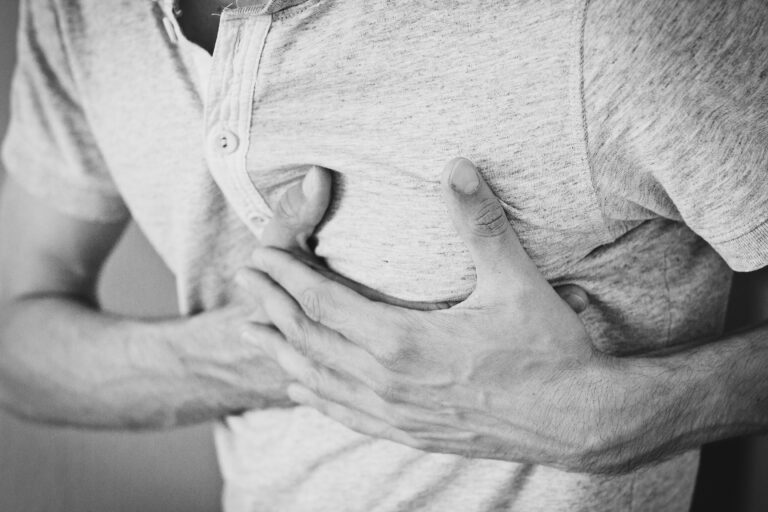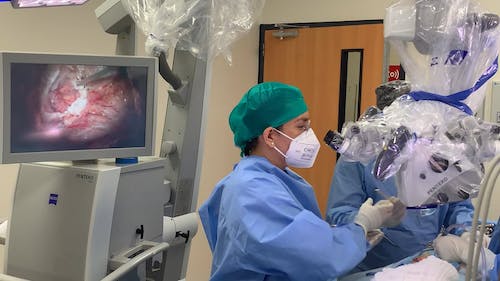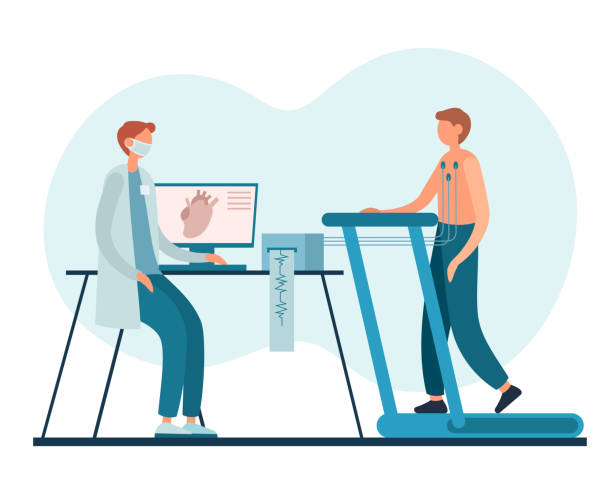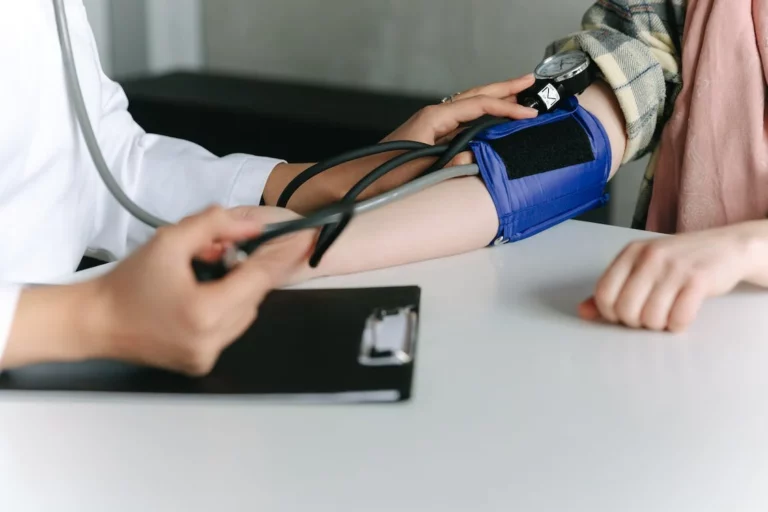Implantable Devices for Heart Disease
The technology of implantable devices has been used as a treatment for heart disease for about 40 years since pacemakers were first used. The technology has progressed over the years to include other devices meant to manage different heart conditions. Due to a lack of availability of local expertise and lower cost of treatment, countries like India, Saudi Arabia and Israel have seen a rise in medical tourists who are either self or government-sponsored to seek overseas medical treatment.
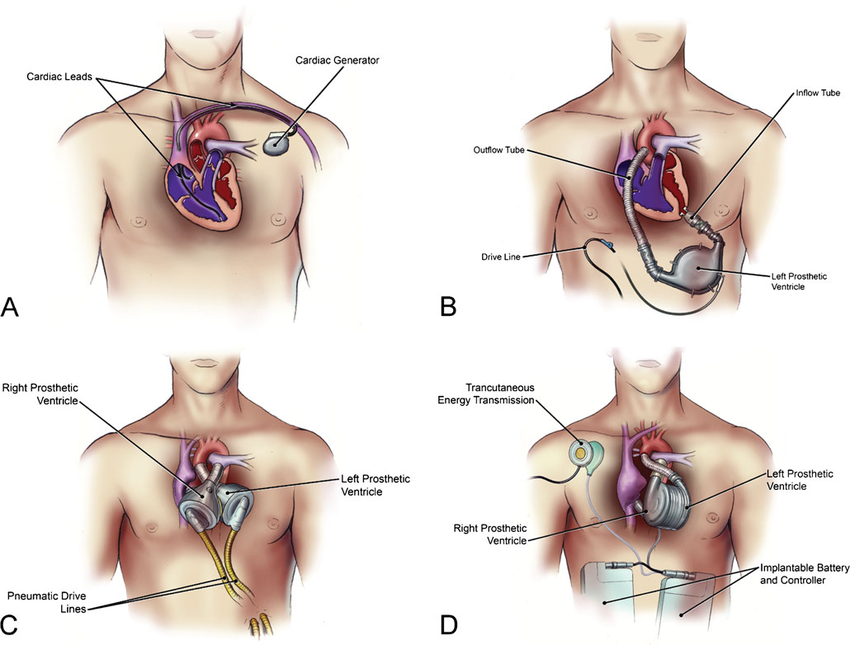
When are implantable heart devices recommended?
Depending on the existing heart condition, there are different indications for the use of these devices in heart disease. The possible instances where these devices can be used are as follows:
- Coronary artery disease
- Recurrent, sustained ventricular tachycardia or fibrillation.
- Helps prevent sudden cardiac death.
- Bradycardia (slow heart rate) and Tachycardia (fast heart rate)
- Arrhythmia (irregular heart rate)
- Cardiomyopathy (heart muscle disease such as an enlarged heart muscle)
- Patients who have had a previous heart attack or cardiac arrest
- Heart failure
- A previous diagnosis of coronary artery disease and a heart attack, both of which have weakened the heart.
- Genetic heart conditions that increase the risk of fast heart rhythms, such as some types of long QT syndrome.
Contraindications
Implantable devices may be contraindicated in the following conditions:
- Acute myocardial infarction
- Chronic atrial tachyarrhythmia with no concomitant ventricular fibrillation or tachycardia
- Drug intoxication
- Drowning and hypoxic conditions
- Patients with a unipolar pacemaker implant
- Electric shock
- Sepsis
Types of Implantable Medical Devices for Heart Disease
There are different types of implantable devices for heart disease. Each type is best suited for different conditions and may have limitations. The common implants are:
Implantable Cardioverter Defibrillator (ICD)
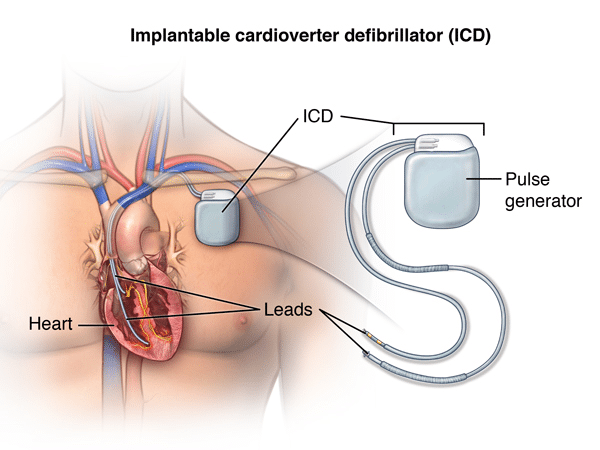
This is a battery-powered device placed under the skin that keeps track of the heart rate. An ICD detects a chaotic or much faster-than-normal heart rhythm. It has wires which are implanted into the heart tissue that can deliver electrical shocks to correct the heart’s rhythms, as needed. Arrhythmias, tachycardia, heart failure, and heart disease are all treated with ICDs. ICDs are made up of two parts: the generator box and the leads. These parts check the heart rhythm 24 hours a day and can correct dangerous abnormal heart rhythms if needed. It can send impulses to correct a slow heart rhythm or electric shocks to regulate a fast heart rhythm. Unlike a pacemaker which is used to prevent dangerously slow heartbeats.
Types of ICD
There are two basic types:
- A traditional ICD: This is placed in the chest. Wires, called leads, attach to the heart.
- A subcutaneous ICD (S-ICD): This is placed under the skin at the side of the chest below the armpit. It is attached to a sensor called an electrode. The sensor runs along the breastbone. An S-ICD is larger than a traditional ICD and doesn’t touch the heart.
ICDs can be affected by impulses from electrical devices such as:
- Cellular phones and other mobile devices
- Security systems
- Metal detectors
- Medical equipment
- Power generators.
- Headphones and wireless chargers
- Magnets.
Devices such as microwave ovens, televisions and remote controls, AM/FM radios, toasters, electric blankets, electric shavers and electric drills, computers, scanners, printers and GPS devices are usually compatible with ICD devices.
Pacemaker (Artificial Pacemaker or Permanent pacemaker)
A pacemaker is a small battery-powered device that regulates the heartbeat. The heart has a natural pacemaker, also known as the sinoatrial node, that sends electrical signals to the heart to make it contract and pump blood around the body. Pacemakers are typically composed of two components: a small battery-powered pacemaker and leads that connect to your heart. It is located beneath the skin on either the left or right side of your upper chest.
Pacemakers are recommended for patients with slow heartbeats (bradycardia), arrhythmias, cardiomyopathy and heart failure. The device is implanted into the chest and will send electric impulses to the heart when it detects a slow heart rate. It can be attached to the heart using leads though some are leadless.
There are several types of pacemakers, they include:
- Single chamber pacemaker – The electrical signal is sent to one chamber of the heart, usually the ventricles.
- Dual chamber pacemaker – The electrical signal can be sent to two heart chambers, usually an atrium and a ventricle.
- A biventricular pacemaker – It sends an electrical signal to three chambers. An electrical signal can be sent to the ventricles to cause them to pump together. Some people with heart failure may benefit from this type of pacemaker. CRT stands for cardiac resynchronisation therapy.
Cardiac Resynchronization Therapy (CRT)

These are also called bi-ventricular devices, and it is a new and promising treatment. It uses multiple leads that are attached to both ventricles of the heart as well as the right atrium. The device instructs the ventricles to contract when it detects a slow heartbeat. In some patients with heart failure, the electrical signals that coordinate the pumping of the different heart chambers become erratic, making the heart unable to pump blood efficiently. They can deliver impulses to both ventricles of the heart.
Left Ventricular Assist Device (LVAD)
An LVAD helps with the function of the left ventricle when it is unable to pump enough blood to the body. It is a battery-operated, mechanical pump-type device that’s surgically implanted to help maintain the pumping ability of the heart. They are readily available in most heart transplant centres.
A tube in the LVAD draws blood from the left ventricle into a pump. The pump is placed at the bottom of the heart inside the chest, and it sends blood into the aorta. Another tube connected to the pump is brought out of the abdominal wall and attached to the pump’s battery and control system. LVADs are portable and are frequently used for several weeks to months. This device is suitable for patients on a heart transplant list.
Implantable Cardiac Loop Recorders
A cardiac loop recorder continuously records the rhythm of your heart. This can be used for up to three years. It is implanted in the upper chest and helps to diagnose the source of the arrhythmia. These recorders are typically recommended for patients with regular fainting spells and heart palpitations that cannot be detected on short-term heart rhythm monitors.
Conduction System Pacing
This is one of the most advanced implantable devices for remote heart monitoring. It utilizes innovative technology to monitor and stimulate the heart. Leads are implanted into the conduction system of the heart, delivering more impactful electrical impulses for patients with heart failure.
Risks associated with Implantable Devices for Heart Disease
- Swelling, bruising and infection at the implant site
- Collapsed lung
- Blood vessel damage from ICD wires
- Bleeding around the heart
- Cardiac perforations from movement of the device or leads
- Electrical signals from other devices
Conclusion
Implantable devices for remote cardiac monitoring are safe, reliable and effective. A lifestyle change is also necessary as the function of these devices is finite. Patients should make contact with local health tourism companies to make arrangements for the treatment, especially when overseas treatment is required.
The information provided in this blog is for educational purposes only and should not be considered as medical advice. It is not intended to replace professional medical consultation, diagnosis, or treatment. Always consult with a qualified healthcare provider before making any decisions regarding your health. Read more


